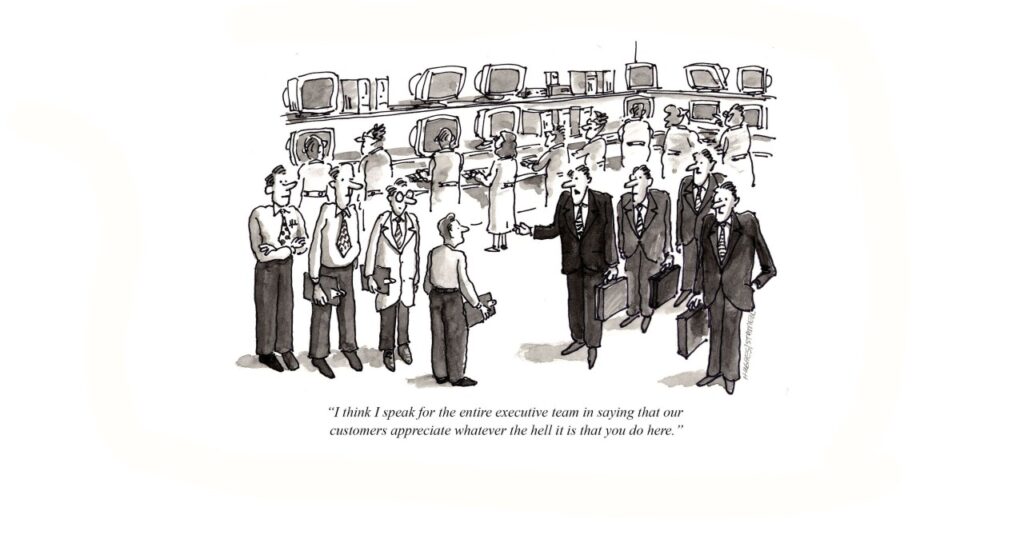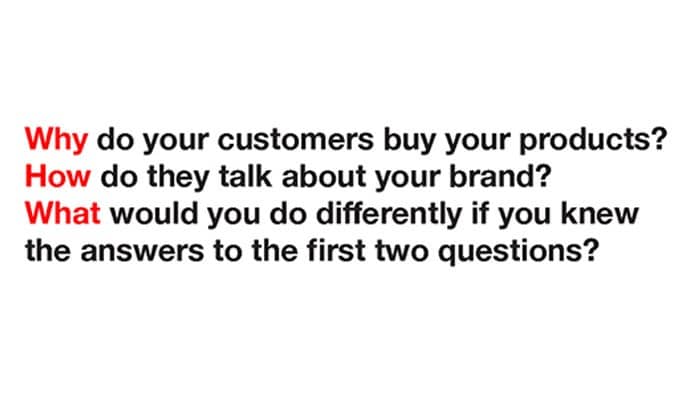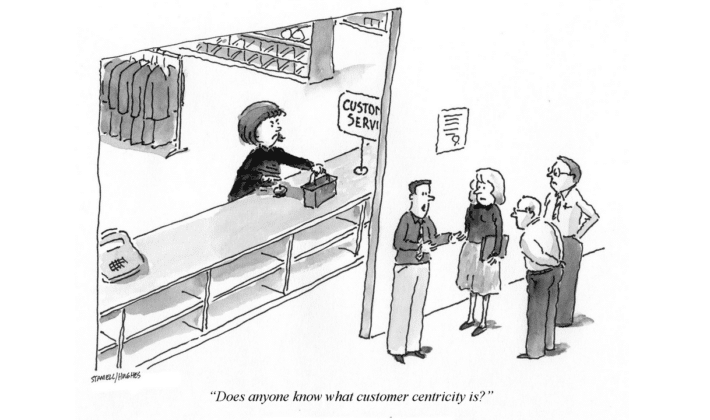Let’s rethink how tech can build customer relationships

Ten years ago, there were dozens of marketing automation platforms that claimed they helped you engage with your customers. Five years ago, there were hundreds. Today, there are thousands and they make some pretty fantastic claims. Here’s what some of the biggies have to say:
- Hubspot says, “good for business should mean good for the customer.” I’m not sure that’s always true.
- Marketo says they “identify, engage, and accelerate the customer experience.” But does the customer always want to be accelerated?
- Salesforce Pardot says they “help companies create meaningful connections, generate more pipeline, and empower sales to close more deals.” Sounds like a high-speed train running over customers.
Okay, they all have great tech tools and make things easier for companies to sell. They can record all your customer data, tell you about customer web behavior and what emails they’ve opened or responded to in the past. They can take you into a maze of demographic and geographic overlays of your customer database. There are rabbit holes galore where you can geek out on customer data, scorings, ratings, rankings and more. I have no doubt that highly trained, power-users are making a mint by using these platforms.
But, I have one simple question: do these platforms build relationships with customers?
Let’s go back to a simpler time to see if we can clarify things. Assume that you, the customer, walk into a bricks-and-mortar store. There’s a salesperson, maybe the owner, who greets you with a smile. If he or she knows you, they’ll ask how you are, maybe how’s the family or what’s been going on? If not, it may simply be “how can I help you?” You may know specifically what you’re interested in, ask some questions and get some friendly answers. You may be in doubt so you and the salesperson engage in some discussion about your interests and needs. If you find what you want, you make a purchase and happily leave the store with the knowledge that the sales person now has a better idea of who you are for the next time you meet.
What happened in that example is simply how we build relationships as sellers. We meet and ask questions about what the customer is looking for and why, and we take that information to provide a solution to that person’s specific needs. Ask, acknowledge, respond is what we all do every day with the people we meet whether in a store, on the street, in our offices or now, online. If that’s what selling and building customer relationships is about, why are we talking about acceleration, pipelines, empowering sales and many more terms that have nothing to do with customer relations? It’s because technology and dataspeak have taken on a life of their own and thousands of companies have created an enormous industry of acceleration and pipeline people. The rest of us need what seem like endless hours of training on these platforms.
The problems of building relationships with tens of thousands of customers are understandable as is the need for a technology solution but we need to keep our eye on the customer. If customer relationships are the goal, we should be able to mimic the “ask, acknowledge, respond” model through tech tools so that mass communication appears as 1:1 marketing to the individual. That requires a platform that 1) enables asking questions; 2) appends answers to database files; 3) segments customers by common interests, needs, perceptions or frustrations; 4) responds to them in a personalized and specific way. Building out customer personas that include “soft data” are a key to technology’s ability to understand people and cater to their needs so that customers and our relations with them are always at the front.
Oomiji uses technology to build relations between customers and the brands they buy. Let’s set up a live demo if you’re interested in learning how our platform can help you.



